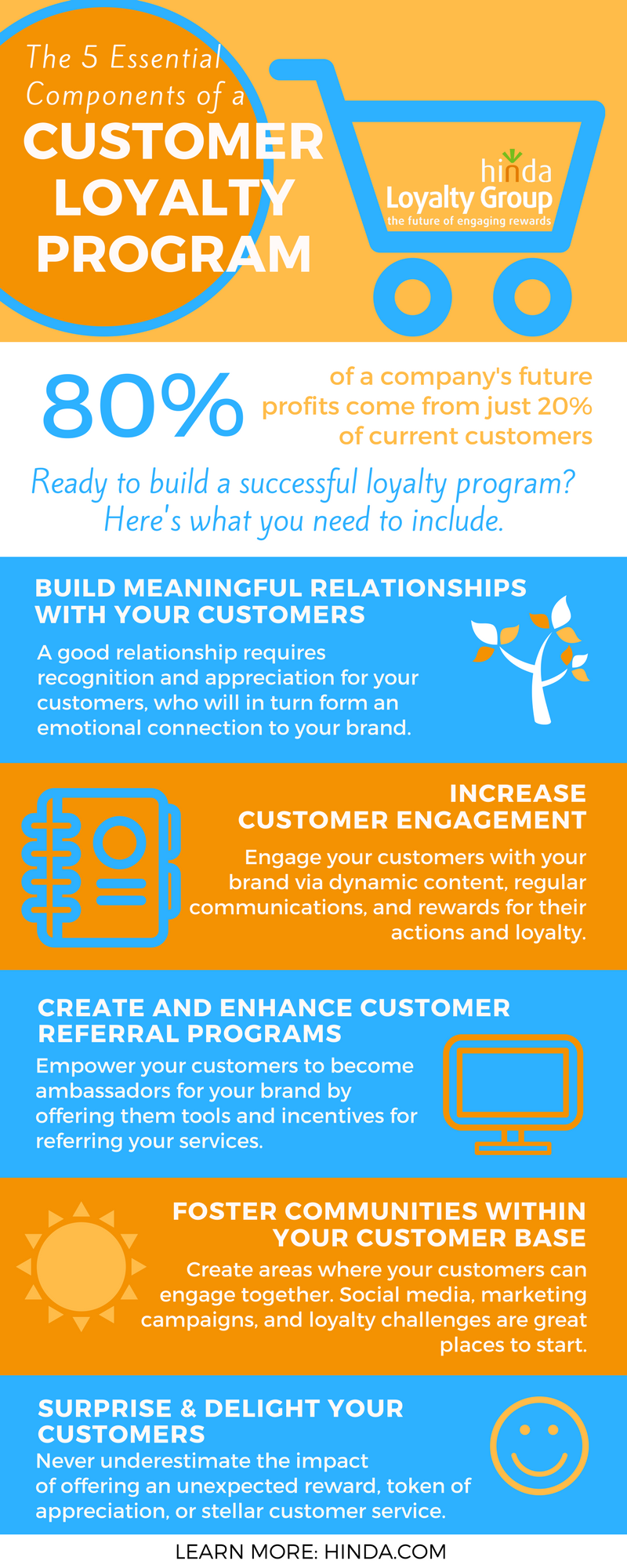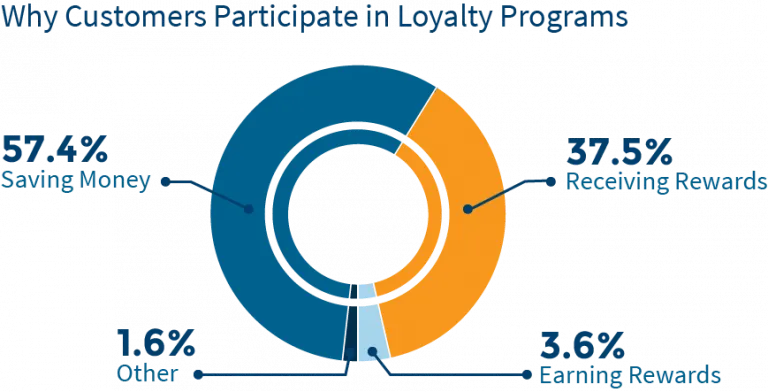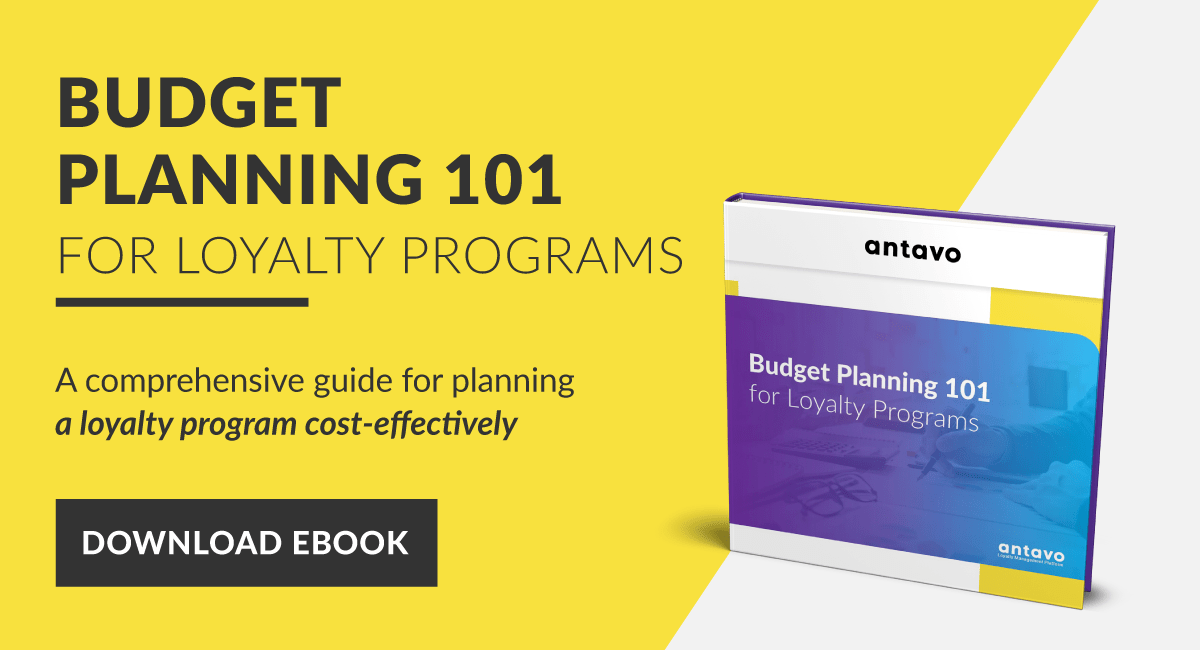All Categories
Featured
Table of Contents
In Georgetown, SC, Stephany Castro and Kaleb Sharp Learned About Online Sales

What if you could grow your company without increasing your costs? In truth, what if you could in fact decrease your spending however increase your sales, year after year? Would you do it? If you're an entrepreneur, then you'll likely give a resounding 'yes', a simple answer to an even easier question.
A rewards program tracks and rewards certain spending behavior by the client, offering unique benefits to devoted consumers who continue to patronize a particular brand name. The more that the client spends in the shop, the more advantages they get. Over time, this incentive constructs devoted clients out of an existing client base.

Even if you already have a benefit program in location, it's an excellent idea to dig in and fully comprehend what makes client commitment programs work, along with how to execute one that costs you little cash and time. Do not stress, I'll assist you with that. I'll break down the main advantages of a commitment program and the very best ways to develop loyal consumers.
Let's dig in. Consumer loyalty is when a client returns to work with your brand name over your rivals and is mostly affected by the positive experiences that the consumer has with your brand. The more favorable the experience, the more most likely they will go back to go shopping with you. Client loyalty is exceptionally important to businesses due to the fact that it will help you grow your organization and sales faster than a simple marketing plan that focuses on hiring brand-new customers alone.
A few methods to determine customer loyalty consist of:. NPS tools either send out a brand efficiency study via e-mail or ask clients for feedback while they are going to a company's website. This information can then be used to better comprehend the likelihood of consumer commitment. A repurchase ratio determines the ratio of repeat buyers versus one-time buyers.
Client loyalty index (CLI). The CLI tracks customer commitment over time and resembles an NPS study. However, it considers a few extra elements on top of NPS like upselling and repurchasing. These metrics are then used to evaluate brand commitment. A client loyalty program is a marketing technique that rewards consumers who make purchases and engage with the brand name on a continued basis.
Client rewards programs are designed to incentivize future purchases. This encourages them to continue working with your brand name. Client loyalty programs can be set up in various methods. A popular customer commitment program benefits clients through a points system, which can then be invested in future purchases. Another type of customer commitment program might reward them with member-exclusive benefits or free presents, or it may even reward them by contributing money to a charity that you and your clients are mutually passionate about.
In 17036, Lewis Lewis and Aniya Decker Learned About Influential People
By using rewards to your customers for being loyal and supportive, you'll construct a relationship with them, deepening their relationship with your brand and ideally making it less likely for them to change to a rival. You've most likely seen client commitment programs in your own shopping experience, whether at your favorite coffee shops or your most frequented grocery stores.
But even if everybody is doing it does not mean that's a sufficient reason for you to do it too. The much better you comprehend the benefits of a client rewards program, the more clearness you will have as you develop one for your own store. You won't be sidetracked by exciting benefits and complicated commitment points systems.
Keep in mind: work smarter, not harder. Consumer retention is the primary benefit of a rewards program that works as a structure to all of the other benefits. As you supply incentives for your existing client base to continue to buy from your store, you will supply your shop with a stable circulation of money month after month.
By growing your retention rate, you can stop spending as much time or money on increasing your general number of customers. Why is this important? Loyal clients have a greater conversion rate than new clients, implying they are more most likely to make a transaction when they visit your store than a brand-new client.
By increasing your retention rate by only 5 percent, you can increase your profits by 25 percent and as much as by 95 percent. Needless to state, your retention rate matters. Secret Takeaway: If you wish to considerably increase your earnings, offer rewards for your existing clients to continue to patronize your store.
And you will not have to spend money on marketing to get them there. Client acquisition (aka bringing in new customers) takes a great deal of effort and cash to encourage complete strangers to trust your brand name, concerned your store, and try your products. In the end, any money earned by this brand-new consumer is overshadowed by all of the cash invested in getting them there.
Secret Takeaway: If you wish to decrease spending, concentrate on consumer retention rather of client acquisition. When you focus on offering a favorable tailored experience for your existing clients, they will naturally inform their pals and household about your brand. And with each subsequent deal, faithful clients will inform even more people per deal.
In 21144, Lina Hester and Viviana Roy Learned About Online Community
The very best part? Because these brand-new consumers originated from relied on sources, they are most likely to become loyal clients themselves, spending more usually than brand-new clients brought in by other marketing efforts. The Chase Ultimate Rewards program, for example, offers significant advantages for individuals who travel a lot.
The 'ultimate rewards' that Chase cardholders get consist of 2x points per dollar invested in all travel purchases in addition to primary rental automobile insurance coverage, no foreign transaction fees, trip cancellation insurance, and purchase security. For people who travel a lotand have disposable income to do sothere is an enormous reward to spend cash through the ultimate benefits program.
This entire process makes redeeming benefits something worth boasting about, which is exactly what lots of cardholders end up doing. And to help them do it, Chase offers a bonus offer for that too. Secret Takeaway: Make it simple for your consumers to extol you and they will spread out the word about your look for free.
Once you get the essentials down, then using a commitment rewards app can assist take care of the technical information. Here are the actions to get begun with creating your client loyalty program. No consumer desires to purchase items they do not desire or require. The same chooses your loyalty program.
And the only way to customize a tempting consumer commitment program is by intimately knowing your customer base. The very best way to do this? By implementing these techniques: Construct client contact information wherever possible. Guarantee your business is constantly constructing an in-depth contact list that enables you to gain access to existing clients as often and as quickly as possible.

Track client behavior. Know what your consumers want and when they want it. In doing so, you can anticipate their desires and needs and offer them with a loyalty program that will satisfy them. Categorize client individual traits and choices. Take a multi-faceted method, don't restrict your loyalty program to just one opportunity of success.
Encourage social media engagement. Frame techniques to engage with your consumers and target audience on social media. They will quickly provide you with extremely informative feedback on your items and services, enabling you to much better comprehend what they anticipate from your brand name. When you have worked out who your clients are and why they are working with your brand name, it's time to decide which type of commitment rewards program will motivate them to stay devoted to you.
In 7110, Stephany Castro and Triston Woodward Learned About Effective Marketing Tips
However, the most common client commitment programs centralize around these primary principles: The points program. This type of program focuses on rewarding clients for every purchase they make with points in a point system. These points can then either be used on future purchases or put towards some form of reward.
The paid program. This type of program needs clients to pay a one-time or yearly cost to join your VIP list. Loyalty members who belong to this list have the ability to access special rewards or member-exclusive benefits. The charity program. This kind of program is a little bit various than the others.
This is attained by encouraging them to do organization with the brand name and, in return, their commitment will be rewarded with a contribution to a charity. The tier program. This kind of program focuses on increasing levels of brand loyalty. The more faithful a client is to a brand name, the higher tier they will climb up to and the better the benefits they will receive.
This type of program is just as it sounds, where one brand partners with another brand name to offer their cumulative audiences with unique member discount rates or deals that they can redeem while working with either brand. The neighborhood program. This type of program incentivizes brand name loyalty by offering its members with access to a like-minded neighborhood of individuals.
This kind of program is fairly comparable to paid programs, however, the subscription charge occurs regularly instead of a one-time payment. Next, select which consumer interactions you wish to reward. Base these benefits around which interactions benefit your service the many. For instance, to help your service out, you can provide action-based benefits like these: Reward clients more when working with your brand name throughout a sluggish period of the year or on a notoriously sluggish day of service.
Reward clients for engaging with your brand name on social networks. Incentivize particular products you are attempting to move rapidly. Incentivize purchases that are over a particular dollar amount. The idea is to make your customer loyalty program as easy as possible for your consumers to use. If your client loyalty program isn't staff friendly, isn't easy to track, is too pricey to run, or isn't simple for your consumers to use or understand, then staff and consumers alike probably won't take advantage of it.
To get rid of these barriers to entry, think about incorporating a client commitment software that will assist you keep top of all of these aspects of your program. Some quality consumer program software application include:. CandyBar is a digital punch card program. It works by tracking your customer's purchases through an app on a computer, phone, or tablet.
In 28303, Malcolm Hood and Jerimiah Stuart Learned About Customer Loyalty Program
Loyalty members can then examine their benefits through text and service owners can utilize the program to contact their clients. Yotpo. Yotpo is a cloud-based client loyalty platform specifically for eCommerce businesses. This software is especially proficient at gathering every kind of user-generated material, handy for customizing a much better consumer experience.
Loopy Commitment is a helpful client commitment software for services that primarily use Google Wallet or Apple Pay as their payment platforms. The software application develops a digital loyalty card that sends push notifications to their clients' phones when they are in close proximity to their brick and mortar store. As soon as you've taken the time to choose which consumer commitment strategies you are going to carry out, it's time to begin promoting and registering your very first loyalty members.
Usage in-store advertisements, integrate call-to-actions on your website, send promos via email newsletters, or upload marketing posts on social media to get your consumers to sign up with. It's essential to comprehend the main advantages of a client rewards program so that you can produce a personalized experience for both you and your consumer.
Consider it. You understand what kinds of products your consumers like to buy but do you understand what brings them back, day after day, week after week? What makes them choose your shop over the store throughout the street? What makes them your customer and not the consumer of your biggest competitor? Remarkably, the answers to these questions don't come down to discount rate prices or quality products.
Table of Contents
Latest Posts
In Statesville, NC, Alisson Holt and Hayley Reynolds Learned About Gift Guides
In Staunton, VA, Valentina Franklin and Sterling Payne Learned About Special Offers
In Mcallen, TX, Orion Booth and Dixie Everett Learned About Agile Workflows
More
Latest Posts
In Statesville, NC, Alisson Holt and Hayley Reynolds Learned About Gift Guides
In Staunton, VA, Valentina Franklin and Sterling Payne Learned About Special Offers
In Mcallen, TX, Orion Booth and Dixie Everett Learned About Agile Workflows